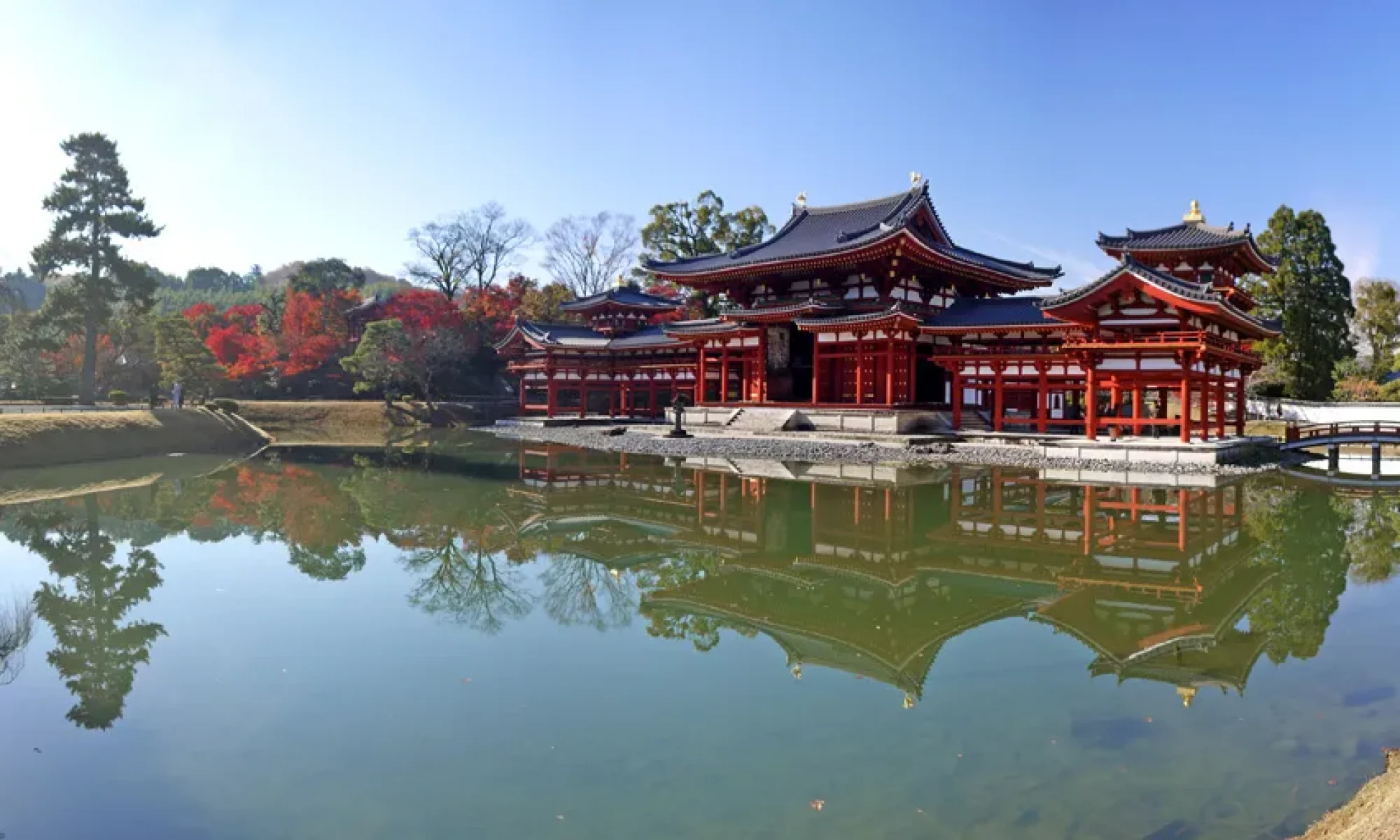Famous Slope Street
Famous Slope Street
There are many kinds of souvenir shops along Kiyomizu-zaka street.And many of those would let you try some food samples, so you could even be full without buying anything.
Sannen-zaka street which connects Kiyomizu-zaka street has old fashioned buildings and streets alongside it too.
There are many sweets shops along Ninenn-zaka street.
Access
Kiyomizu-gojo station on Keihan line is the closest station.If you go from Gion-shijo station, you can also see other sites like Yasaka shrine on the way to Kiyomizu-Temple.
















